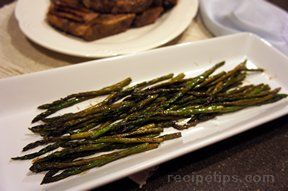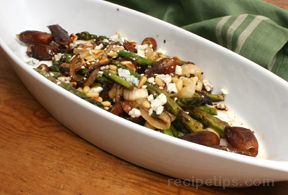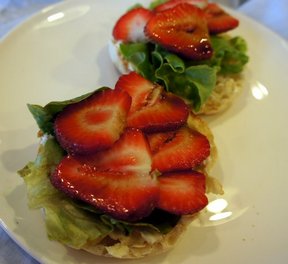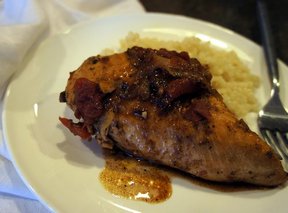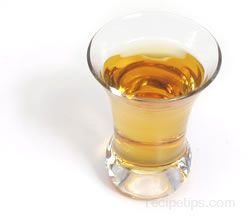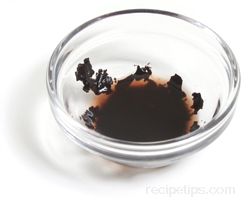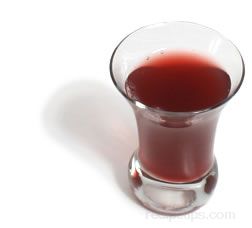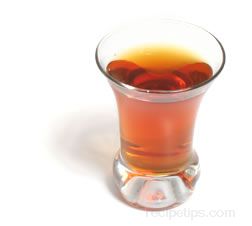Similar Content to: White Balsamic Vinegar
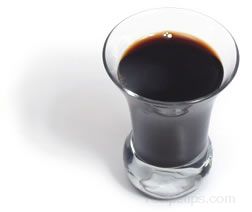
A traditional Balsamic Vinegar most often used in recipes will be a dark amber color with a texture similar to molasses, providing a smooth sweet and sour flavor. Young Vinegars, (8 to 10 years of old) work well to season salads while older Vinegars (10 to 20 years old) go well with salads, sauces, marinades, dressings, fish, and poultry. The Vinegars that have aged longer than 25 years can be used to enhance the flavor of fruits or served as an after dinner drink, providing a smooth full flavor and rich aroma. White Balsamic Vinegars, classified as a wine vinegar made with a combination of white wine inegar and grape must, are also available to add flavor to foods. The white variety is often used when the color of white sauces or foods will be adversely affected by the dark brown color of traditional Balsamic Vinegar. The taste of this Vinegar is also different, providing a milder flavor that is not as sweet as the amber colored variety. The white Balsamic Vinegar, served on salads and used as an ingredient in food preparation, is very similar to a wine vinegar and can be used as a substitute for wine vinegars when necessary.
One of the newer Balsamic Vinegars is a fig enhanced Vinegar made by combining a smooth blend of figs into the Balsamic mixture, adding a sugar base to the acidic flavors of the grape must. Slightly sweeter in flavor, this vinegar goes well with grilled or hearty meats as well as cheese and some fruit salads.
To make Balsamic Vinegar taste sweeter, similar to an aged version, simply reduce 1 cup of vinegar by boiling it in a saucepan on a stovetop burner set on medium heat. As the vinegar begins to boil, decrease the heat to simmmer and allow vinegar to be reduced to a half cup or slightly less. Once reduced, the Vinegar can be removed from the stovetop and allowed to cool and thicken. If not to be used immediately, place the Vinegar in an airtight container and refrigerate.




